Understand
Ko Samui is a remarkable island that offers natural beauty and diverse landscapes. With a population of approximately 40,000, 90% of whom are Buddhist, Samui is known for its palm-fringed shorelines, coconut and fruit plantations in the lowlands, and a central granite mountain covered in lush rainforests. Spanning 247 km, Samui is the second-largest island in Thailand and part of the Chumphon Archipelago, which comprises over 80 islands, most of which are uninhabited. The island is also encompassed by the Ang Thong National Marine Park, a haven for kayaking and snorkeling enthusiasts. While adventure-seekers can thoroughly explore Samui's vast terrain, it takes just a couple of hours to navigate the island's circumference by car or motorbike. Samui's history goes back 15 centuries when it was settled by fishermen from the Malay Peninsula and southern China. Even Chinese maps from 1687 recognized the island under the name Pulo Cornam. The name Samui itself remains a mystery, perhaps derived from the native mui tree or a corruption of the Chinese word Saboey, meaning "safe haven." For much of its history, Samui remained isolated and self-sufficient, with little connection to mainland Thailand. Roads were nonexistent until the early 1970s, requiring a full-day trek through the mountainous jungles to travel from one side of the island to the other. In the early 1970s, a wave of backpackers began arriving on Ko Samui, often aboard coconut boats. Initially, the island had only a handful of bungalows and a small number of tourists. However, in the early 1990s, Samui experienced a significant influx of tourists, with boats arriving packed with visitors. Since then, the island's popularity has soared, making it the second-most popular island destination in Thailand, following Phuket.
Map & Climate
Popular Foods
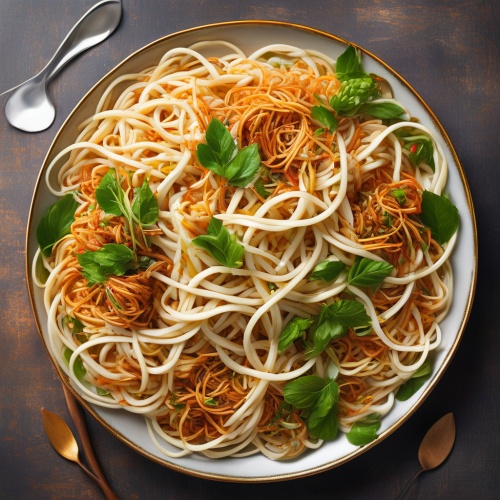 Pad Thai: Pad Thai is a signature Thai dish consisting of stir-fried rice noodles with a uniquely balanced blend of sweet, sour, salty, and tangy flavors. It typically includes shrimp or chicken (though can be prepared with tofu for a vegetarian version), scrambled eggs, bean sprouts, and is garnished with crushed peanuts, lime wedges, and fresh herbs like cilantro and green onions. The dish is served with a side of som tam (green papaya salad) and mango sticky rice for a complete meal.
Pad Thai: Pad Thai is a signature Thai dish consisting of stir-fried rice noodles with a uniquely balanced blend of sweet, sour, salty, and tangy flavors. It typically includes shrimp or chicken (though can be prepared with tofu for a vegetarian version), scrambled eggs, bean sprouts, and is garnished with crushed peanuts, lime wedges, and fresh herbs like cilantro and green onions. The dish is served with a side of som tam (green papaya salad) and mango sticky rice for a complete meal. 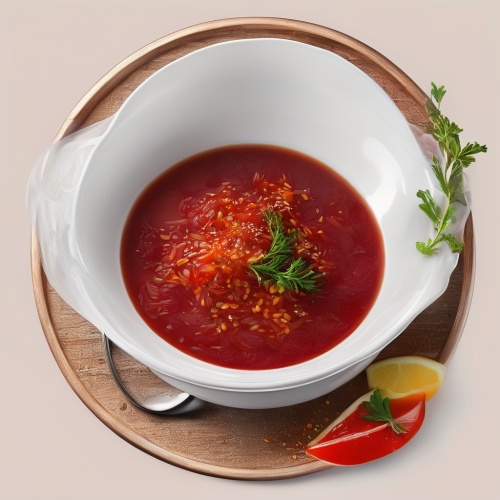 Tom Yum Goong: This spicy and aromatic soup is a beloved Thai classic that features a fragrant broth made from stock, kaffir lime leaves, lemongrass, galangal, lime juice, fish sauce, and chili paste. It's packed with succulent prawns, mushrooms, tomatoes, and other vegetables, with optional additions like snakehead fish or even chicken. The dish is often garnished with fresh cilantro and a sprinkling of pepper.
Tom Yum Goong: This spicy and aromatic soup is a beloved Thai classic that features a fragrant broth made from stock, kaffir lime leaves, lemongrass, galangal, lime juice, fish sauce, and chili paste. It's packed with succulent prawns, mushrooms, tomatoes, and other vegetables, with optional additions like snakehead fish or even chicken. The dish is often garnished with fresh cilantro and a sprinkling of pepper. 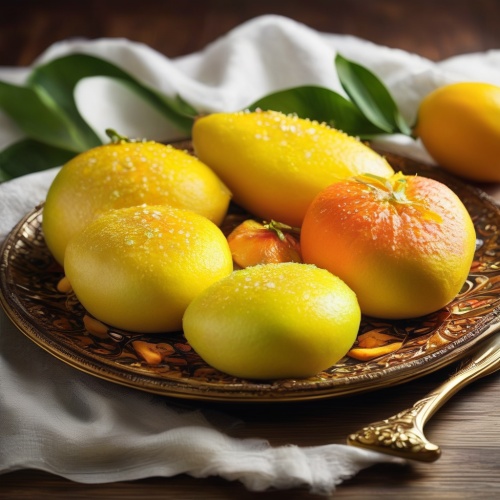 Mango Sticky Rice: This iconic Thai dessert is a delightful combination of sweet, creamy mango and glutinous rice. The sticky rice is cooked in coconut milk and sugar until it achieves a chewy texture, then served alongside ripe, juicy mango slices. The dish is sometimes garnished with toasted coconut flakes or sesame seeds for added crunch and flavor. It's typically enjoyed during the mango season (May to September) as a sumptuous, refreshing treat.
Mango Sticky Rice: This iconic Thai dessert is a delightful combination of sweet, creamy mango and glutinous rice. The sticky rice is cooked in coconut milk and sugar until it achieves a chewy texture, then served alongside ripe, juicy mango slices. The dish is sometimes garnished with toasted coconut flakes or sesame seeds for added crunch and flavor. It's typically enjoyed during the mango season (May to September) as a sumptuous, refreshing treat. 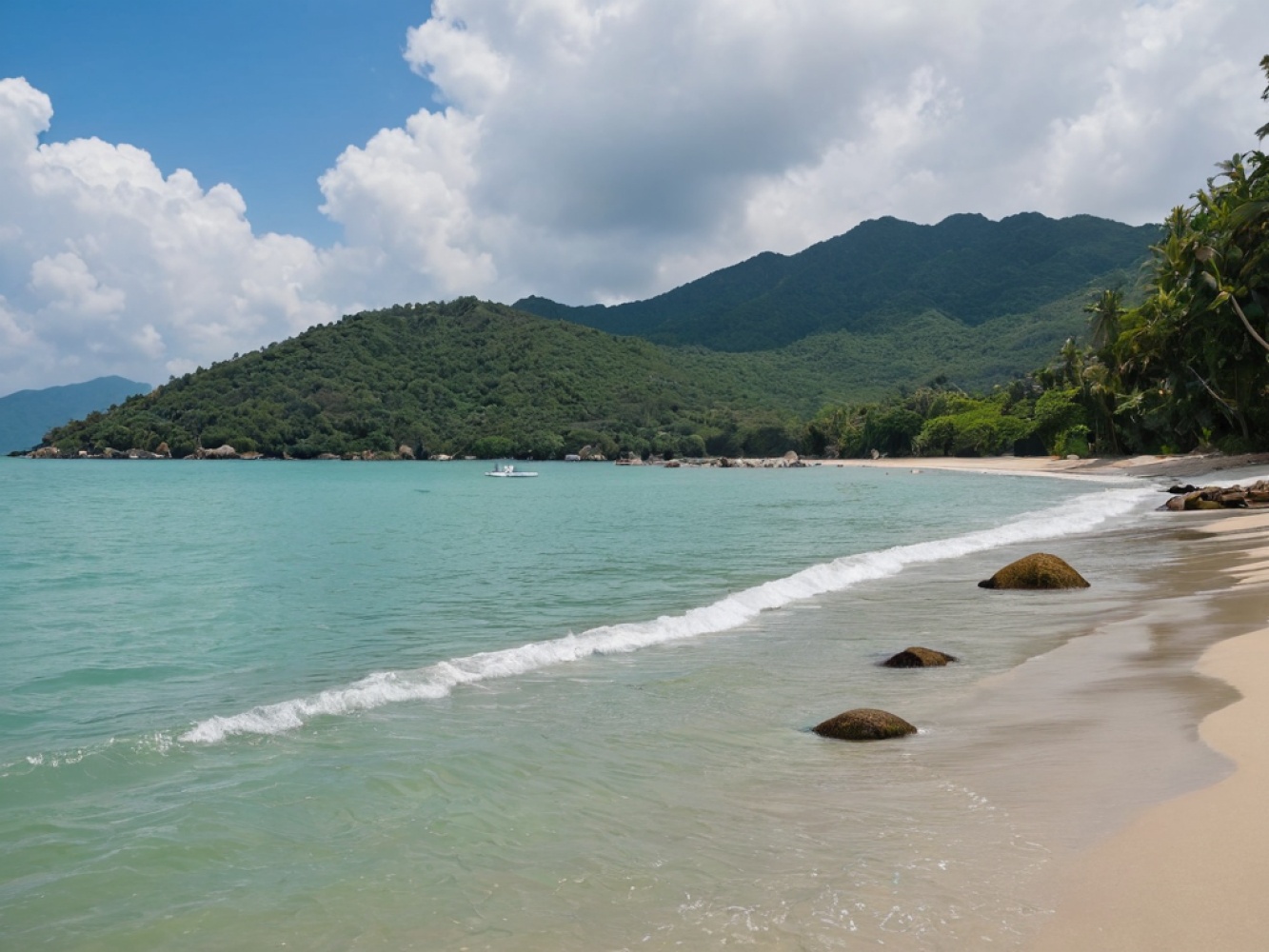

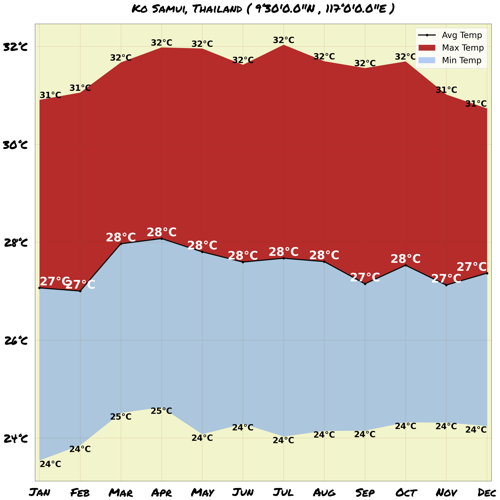


Comments
NO COMMENTS